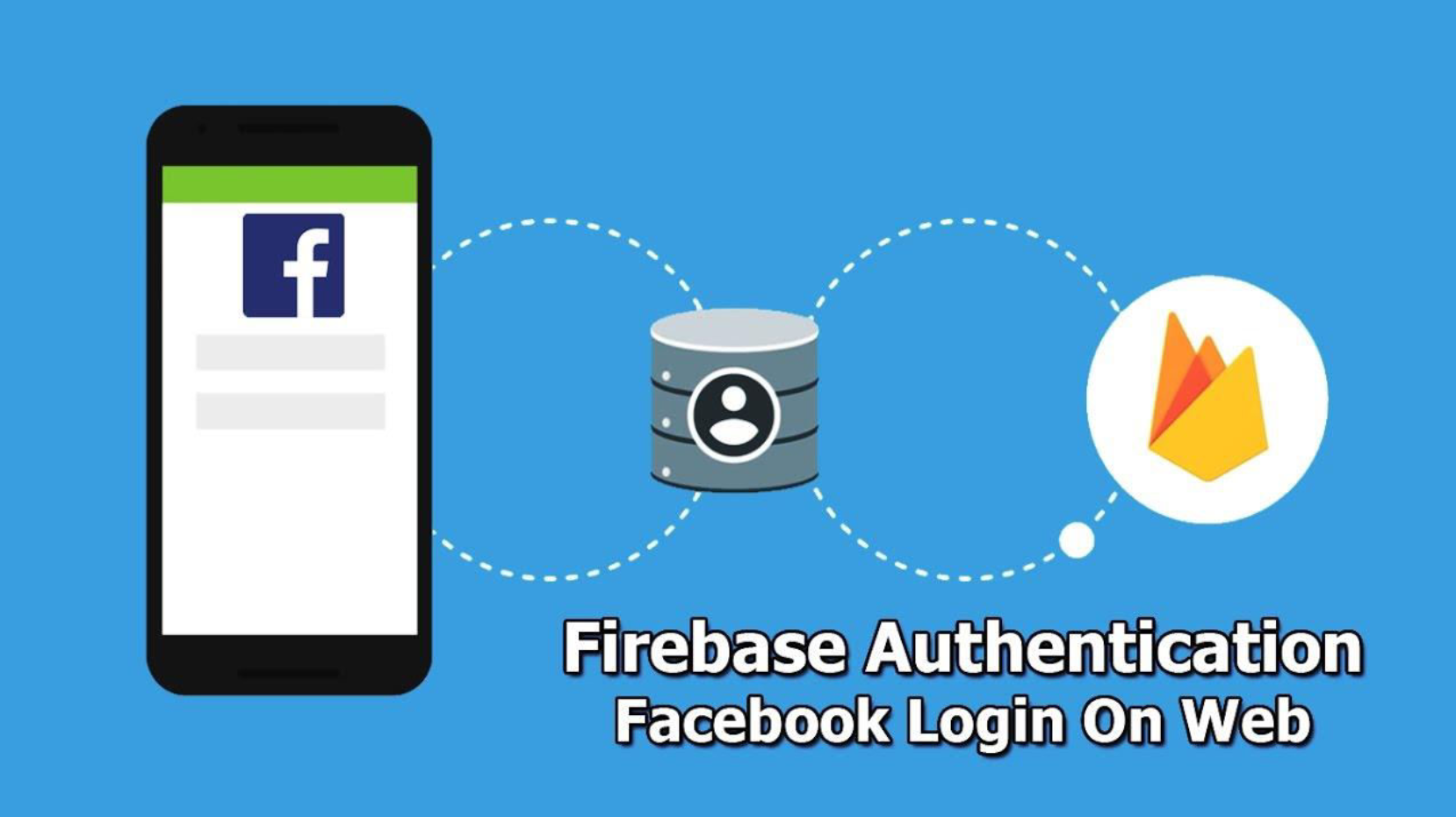Firebase is a portable and web application stage with instruments and framework intended to enable engineers to construct amazing applications. Firebase is comprised of reciprocal highlights that engineers can blend and-match to fit their needs.
Administrations gave by Firebase that can enable designers to assemble and dispatch applications speedier include:
- Cloud Messaging
- Validation
- Realtime Database
- Capacity
- Facilitating
Crash Reporting to keep your applications steady and free from bugs.
Test Lab to convey brilliant applications.
Users can authenticate with Firebase using their Facebook accounts by integrating Facebook Login into the app.
You can integrate Facebook Login either by using the Firebase SDK to carry out the sign-in flow, or by carrying out the Facebook Login flow manually and passing the resulting access token to Firebase.

Before you begin
- Add Firebase to your JavaScript project.
- On the Facebook for Developers site, get the App ID and an App Secret for your app.
- Enable Facebook Login:
a. In the Firebase console, open the Auth section.
b. On the Sign in method tab, enable the Facebook sign-in method and specify the App ID and App Secret you got from Facebook.
c. Then, make sure your OAuth redirect URI
(e.g.my-app-12345.firebaseapp.com/__/auth/handler) is listed as one of your OAuth redirect URIs in your Facebook app's settings page on the Facebook for Developers site in the Product Settings > Facebook Login config.
Handle the sign-in flow with the Firebase SDK
If you are building a web app, the easiest way to authenticate your users with Firebase using their Facebook accounts is to handle the sign-in flow with the Firebase JavaScript SDK.
(If you want to authenticate a user in Node.js or other non-browser environment, you must handle the sign-in flow manually.)
To handle the sign-in flow with the Firebase JavaScript SDK, follow these steps:
- Create an instance of the Facebook provider object:
var provider = new firebase.auth.FacebookAuthProvider();
-
Optional: Specify additional OAuth 2.0 scopes that you want to request from the authentication provider. To add a scope, call
addScope.
For example:
provider.addScope('user_birthday');
See the authentication provider documentation. -
Optional: To localize the provider's OAuth flow to the user's preferred language without explicitly passing the relevant custom OAuth parameters, update the language code on the Auth instance before starting the OAuth flow.
For example:
firebase.auth().languageCode = 'fr_FR';
// To apply the default browser preference instead of explicitly setting it.
// firebase.auth().useDeviceLanguage();
- Optional: Specify additional custom OAuth provider parameters that you want to send with the OAuth request. To add a custom parameter, call
setCustomParameterson the initialized provider with an object containing the key as specified by the OAuth provider documentation and the corresponding value.
For example:
provider.setCustomParameters({
'display': 'popup'
});
Reserved required OAuth parameters are not allowed and will be ignored. See the authentication provider reference for more details.
- Authenticate with Firebase using the Facebook provider object.
You can prompt your users to sign in with their Facebook accounts either by opening a pop-up window or by redirecting to the sign-in page.
The redirect method is preferred on mobile devices.
- To sign in with a pop-up window, call
signInWithPopup:
firebase.auth().signInWithPopup(provider).then(function(result) {
// This gives you a Facebook Access Token. You can use it to access the
Facebook API.
var token = result.credential.accessToken; // The signed-in user info.
var user = result.user;
// ...
}).catch(function(error) {
// Handle Errors here.
var errorCode = error.code;
var errorMessage = error.message;
// The email of the user's account used.
var email = error.email;
// The firebase.auth.AuthCredential type that was used. var credential = error.credential;
// ...
});
Also notice that you can retrieve the Facebook provider's OAuth token which can be used to fetch additional data using the Facebook APIs.
This is also where you can catch and handle errors. For a list of error codes have a look at the Auth Reference Docs.
- To sign in by redirecting to the sign-in page, call
signInWithRedirect:
firebase.auth().signInWithRedirect(provider);
Then, you can also retrieve the Facebook provider's OAuth token by calling getRedirectResult when your page loads:
firebase.auth().getRedirectResult().then(function(result) { if (result.credential) {
// This gives you a Facebook Access Token. You can use it to access the Facebook API.
var token = result.credential.accessToken;
// ...
}
// The signed-in user info.
var user = result.user;
}).catch(function(error) {
// Handle Errors here.
var errorCode = error.code;
var errorMessage = error.message;
// The email of the user's account used. var email = error.email;
// The firebase.auth.AuthCredential type that was used.
var credential = error.credential;
// ...
});